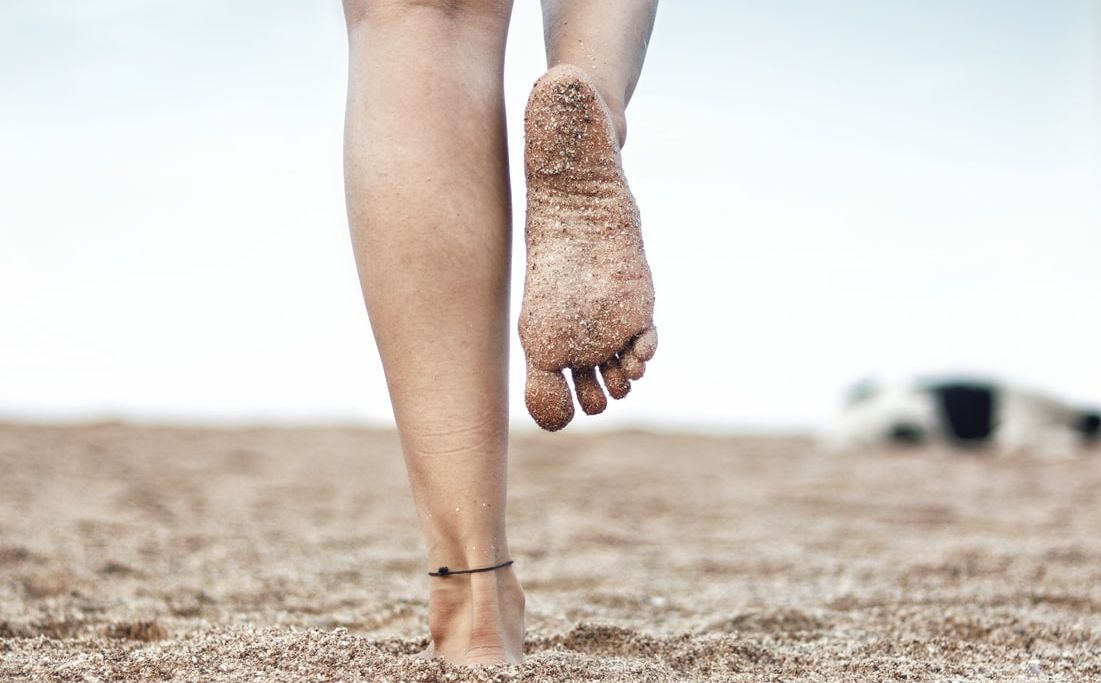Article
Achilles Enthesitis Found in Patients with Ankylosing Spondylitis
Author(s):
Investigators from Turkey show how static foot posture in patients with rheumatic diseases can lead to impairment of physical function due enthesitis.

Postural abnormalities in patients with rheumatic diseases is a common occurrence, though few studies exist on the subject. This is especially true for static foot posture in patients with ankylosing spondylitis (AS).
But new research from the Cukurova University Faculty of Medicine in Adana, Turkey, found an association if enthesitis of the Achilles tendon in patients with AS. The investigators, led by Neslihan Gokcen, MD, believed this to be the result of static foot posture in patients.
The investigators wrote of the prevalence of arthritic diseases in patients, many of which have the similar pathophysiological, clinical, and imaging features. Most arthritic diseases fell under the umbrella term spondylarthritis (SpA) during the study.
The common manifestations of AS and peripheral spondyloarthritis are arthritis and enthesitis, which are believed to contribute to abnormal foot posture.
Gokcen and colleagues found that 39% of patients with AS had foot involvement. While the relationship between foot function and enthesitis had been explored in previous studies, its effect on foot posture had not been mentioned in previous literature.
Because of this, investigators in the present study assessed static foot posture and its relation to clinical variables in patients with AS.
The Study
A case-controlled study involving 50 patients with ankylosing spondylitis and 40 age- and sex-matched controls was conducted between May 2018 and May 2019.
The patients with AS included in the study were required to meet the 2010 Assessment of Spondyloarthritis International Society classification criteria and be 18-65 years of age during assessment.
The investigators measured static foot posture via the Foot Posture Index-6 (FPI-6), which included 6 anatomical evaluations: talar head palpation, supra- and infra-lateral malleolar curvature, calcaneal frontal plane position, prominence in the region of talonavicular joint, congruence of the medial longitudinal arch, and adduction/adduction of forefoot on the rearfoot.
The anatomical assessments were scored from -2 to +2. Foot posture for each patient was categorized as normal/neutral, pronated, highly pronated, supinated, and highly supinated.
Disease activity was calculated though the Ankylosing Spondylitis Disease Activity Score (ASDAS), axial mobility was measured using The Bath Ankylosing Spondylitis Metrology Index (BASMI) 3-point answer scale, and the functional status of patients was assessed using The Bath Ankylosing Spondylitis Functional Index (BASFI).
Finally, The Health Assessment Questionnaire-Disability Index (HAQ-DI) was used to evaluate physical function. It was comprised of 20 question items in 8 different categories such as dressing, rising, eating, walking, hygiene, reach, grip, and daily activities.
Each activity was scored from 0-3, and higher scores indicated impaired function.
Results
According to the FPI-6 results, foot posture was as follows: 36 (72%) patients had neutral posture, 8 (16%) had pronated posture, and 6 (12%) patients supinated posture.
The healthy control group had only 2 recorded cases of supinated foot posture. Additionally, there was no statistically significant differences in clinical variables among static foot posture groups, no was there a correlation with the clinical variables expressed in the ASDAS, BASMI, HAQ-DI, or BASFI tests.
However, investigators noted that Achilles enthesitis was found to be associated with higher BASFI and HAQ-DI scores. While Achilles enthesitis was not correlated with BASFI scores or disease activity, patients with AS did recorded higher impairment in physical function.
Although the case-control study was not able to provide causative relation between foot posture and enthesitis, the investigators were confident of their findings.
“The present study revealed that static foot posture is impaired in patients with AS,” the team wrote. “Achilles enthesitis is closely related to supinated foot posture. Preventive measures would be of importance for AS patients, particularly for those presenting with enthesitis.”
The study, “Static foot posture and its relation to clinical variables in ankylosing spondylitis,” was published online in the International Journal of Rheumatic Diseases.




